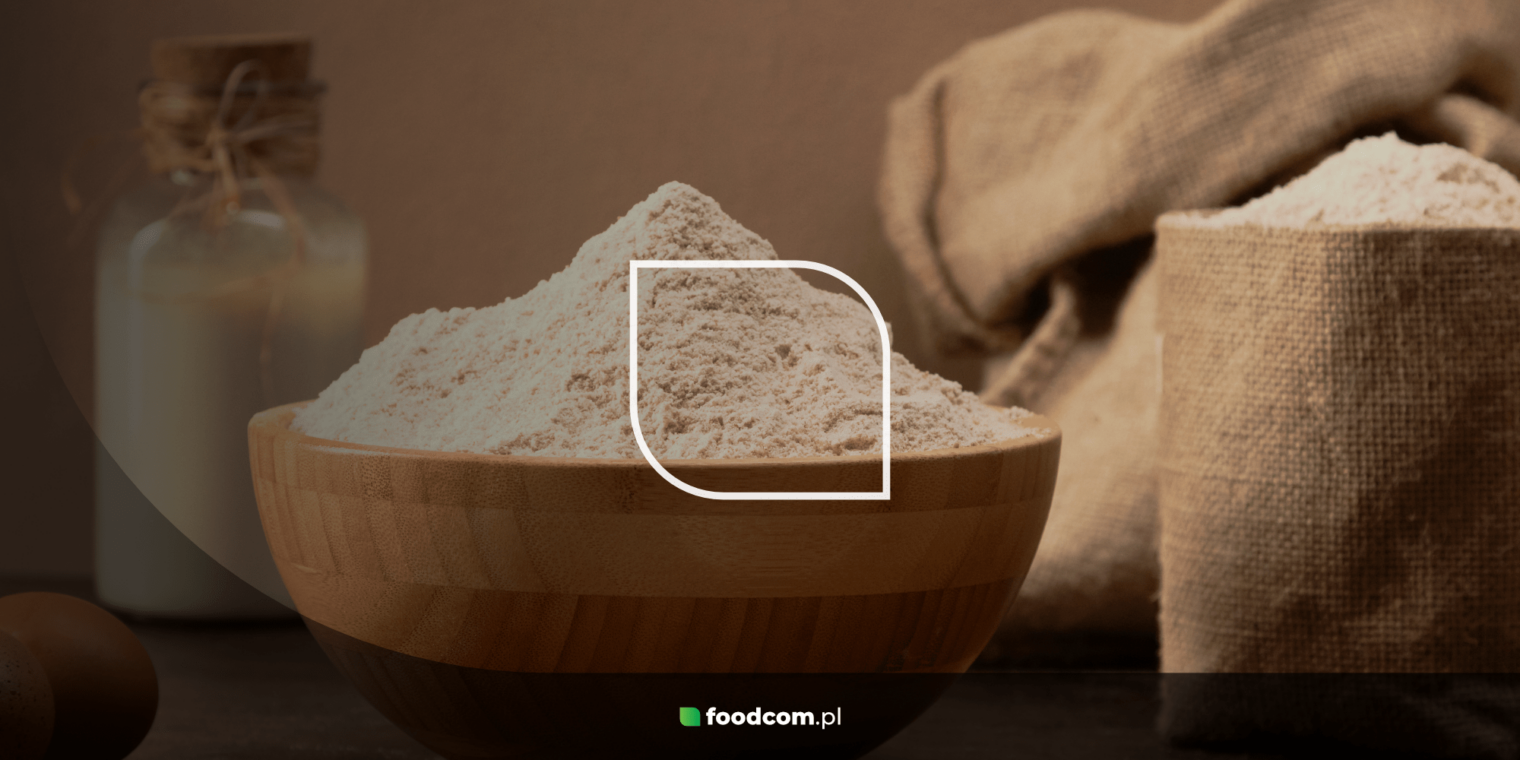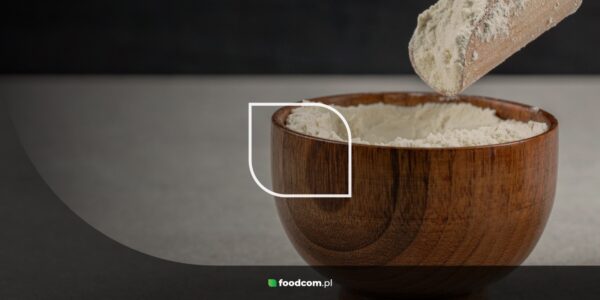- Milk powder is concentrated and dried fresh pasteurized milk.
- The product comes in full-fat, skimmed and greased versions, as well as in instant form.
- Powdered milk has a long shelf life and high stability.
- It is mainly used in the food industry, as well as in the production of baby food, dietary supplements, cosmetics and feed.
Powdered milk is otherwise known as milk concentrate, which is fresh milk from which more than 90% of the water has been removed. It is more stable and easier to store than milk in liquid form. It also contains concentrated minerals and vitamins. How is powdered milk created and where is it used?
Where did powdered milk come from?
Originally associated with baby food, powdered milk became popular in Poland after the Second World War when, along with dried meat and tinned food, it was supplied to our country in response to the food crisis. It was also widely used in the 1970s and 1980s – appearing, for example, in recipes for making chocolate block or cheesecake. When mixed with water, it was also used to create a milk drink that could be added to coffee, for example.
How is powdered milk made?
Powdered milk is made by pasteurising fresh, liquid milk, concentrating it by evaporation using a vacuum pump and then drying and pulverising it. Special spray dryers are used for drying. It is also possible to obtain milk powder by a double drying process, resulting in an instant product. Wetting the powder and drying it again produces a product that is more easily soluble in water.
Types of milk powder
The most common two types of milk powder are whole milk and skimmed milk.
Whole milk powder, also known by the abbreviation FMCP (full cream milk powder), is nothing more than evaporated and dried pasteurised whole cow’s milk. The fat content of such a product is approximately 26%.
There is also fat filled milk powder (FFMP) on the market, with the addition of vegetable fats. This is most often palm or coconut oil. Such a product contains 25-28% fat.
The most popular product in this group is skimmed milk powder (SMP). It is produced by evaporating and drying pasteurised skimmed milk. It contains 0.7-1.25% fat.
In addition to these, instant and lactose-free milk powders containing the lactose-degrading enzyme beta-galactosidase can also be found on the market.
Powdered milk – properties
Powdered milk has the same values as the product in liquid form. What is the composition of powdered milk? It is similar to fresh milk in that it contains less water, but just as much protein, calcium and other minerals and vitamins in a more concentrated form.
Powdered milk consists of a maximum of 4-5% water, but can have up to 27% fat. It also contains approx. 24-34% protein. Due to its concentration, milk in this form has up to 10 times more minerals such as calcium, phosphorus, magnesium, potassium or sodium in its composition than liquid milk. It can also be enriched with vitamins such as vitamin D and has a child’s energy value, with 100 g of the product providing the body with almost 500 kcal.
Powdered milk has a delicate, milky taste and smell and a white-cream colour. The pH of the product is 6.5-6.9. It comes in the form of a finely ground, homogeneous powder. It is water-soluble, resistant to hydrolysis and oxidation, and has stabilising and water-binding properties that help maintain the right consistency of dairy products.
The most important characteristic of milk powder is its shelf life. The long shelf life of powder makes it much more durable than the liquid form of milk. It can be stored for up to 24 months in a sealed container and under appropriate conditions. At the same time, it does not require refrigeration and is more microbiologically stable than fresh milk.
Use of powdered milk
Powdered milk is often used in the food industry, including bakery and confectionery. In which products is powdered milk found? Dairy products in which this substrate is used include ice creams, yoghurts, cakes and desserts. It gives the products a delicate caramel colour and flavour and improves their texture. It also helps to retain moisture and increase the juiciness of meat products. It increases the nutritional value of products.
In frozen products, milk powder can manifest stabilising properties. It is also used as an additive to facilitate frothing, thickening, whipping, emulsifying or gelling. It is often an ingredient in creams, frostings, fillings, desserts, chocolates or cocktails, as well as premixes for instant sauces and soups and frozen foods. It is also used in the production of coffee creamers and dairy drinks, such as instant cocoa.
One of the main uses of powdered milk is in infant and young child nutrition products, such as modified milk. Due to its high protein and nutrient content, it can also be found in sports nutrition and dietary supplements and, due to its stabilising properties, as a carrier for active substances in the manufacture of medicines.
Powdered milk is also used wherever a long-life milk is required that is also easy to use. It is therefore used in catering and gastronomy, as well as in coffee machines.
Another use for powdered milk is in cosmetic products, such as body creams, masks and shampoos with moisturising and nourishing effects. Sometimes it is also used in the production of feed for young animals.
Milk powder – global producers
Demand for dairy products, particularly those with a longer shelf life, continues to grow worldwide. The best-known global producers of dairy products, including milk powder, include the Swiss company Nestlé, the French Danone and Lactalis, the Dutch FrieslandCampina and the New Zealand-based Fonterra.
Poland is among the EU’s leading producers of skimmed milk powder. Companies involved in the production of this product include: Mlekovita, Mlekpol, Polmlek Group and Zott Polska. One of the leading distributors of this product in Poland is Foodcom S.A., whose offer includes full, skimmed and skimmed milk powder, as well as other high quality dairy products.
Powdered milk is a product with a wide range of applications, whose popularity is due to its long shelf life, ease of storage and transport and its rich nutritional value. It is an excellent alternative to liquid milk and a valuable addition to products – not only food products.








